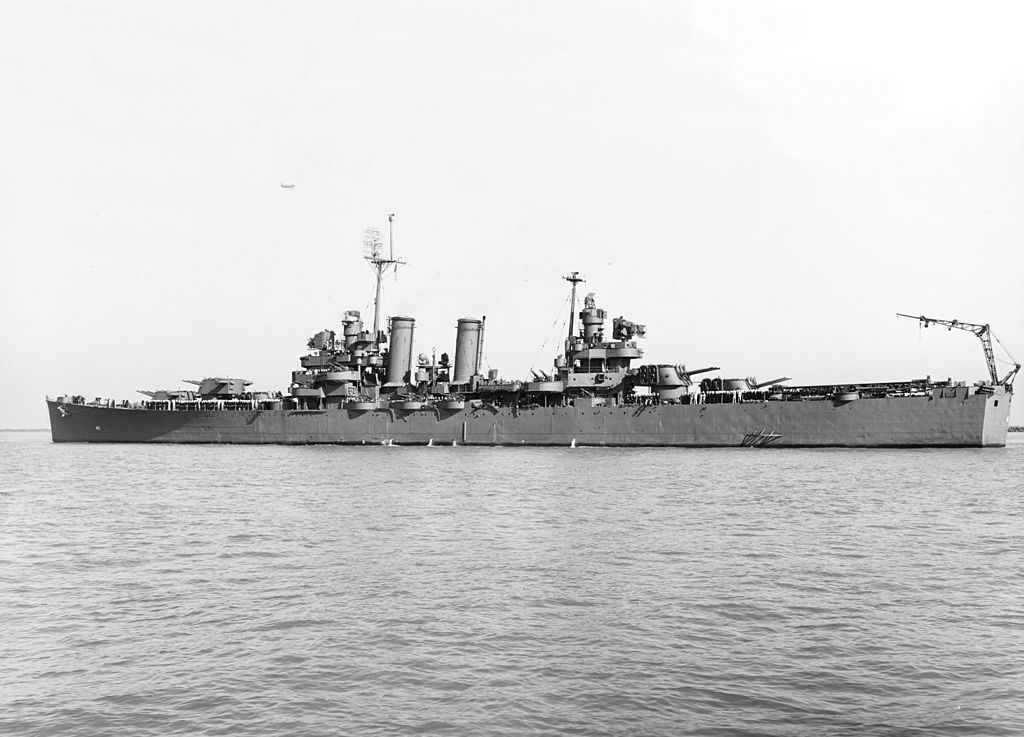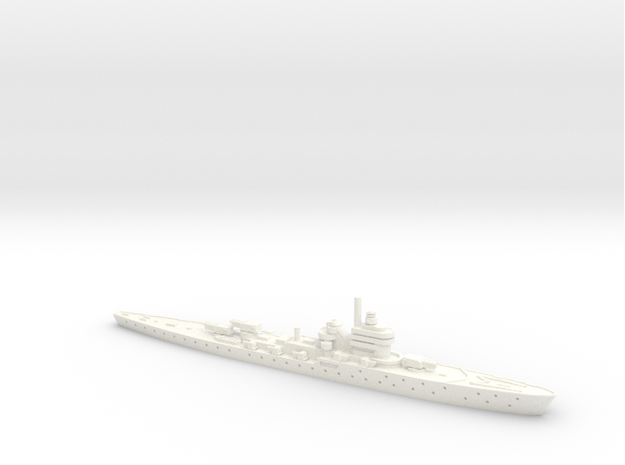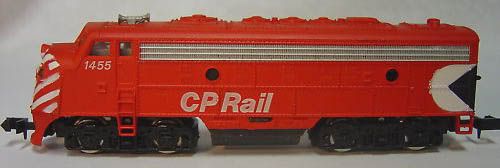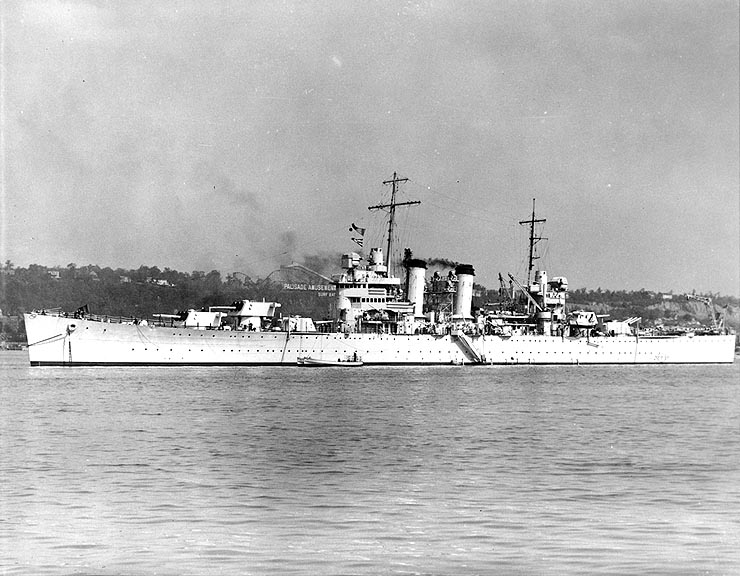USS Nashville (CL-43)
| Name | USS Nashville (CL-43) |
| Nationality | United States (Details) |
| Pennant/Designation | CL-43 |
| Period | World War II |
| Type | Cruiser |
| SubType | Light Cruiser |
| Warship Class | Brooklyn (Details) |
| Year Launched | 1937 |
| Year Commisioned | 1938 |
| Renamed As | Capitán Prat (Details) |
| Last Year Active | 1961 |
| Status | Sold |
| Source of Text | Wikipedia |
| Credit Link | Link |
History:
USS Nashville (CL-43) was a Brooklyn-class cruiser. She was laid down on 24 January 1935 by New York Shipbuilding Corporation, Camden, New Jersey. She was launched on 2 October 1937, sponsored by Misses Ann and Mildred Stahlman and commissioned on 6 June 1938 with Captain William W. Wilson in command.
Nashville departed eastward from San Francisco on 21 January 1946, and she arrived at the Philadelphia Naval Shipyard for a pre-inactivation overhaul. Decommissioned on 24 June, she remained in reserve until 1950. After an overhaul at the Philadelphia Naval Yard, she was sold to Chile on 9 January 1951, and she served in the Chilean Navy as the Chilean cruiser Capitán Prat (CL-03) until the arrival of the Chilean destroyer Capitán Prat (1967) in 1982. Then, the old Prat was renamed Chacabuco and served until 1985.
Nashville departed eastward from San Francisco on 21 January 1946, and she arrived at the Philadelphia Naval Shipyard for a pre-inactivation overhaul. Decommissioned on 24 June, she remained in reserve until 1950. After an overhaul at the Philadelphia Naval Yard, she was sold to Chile on 9 January 1951, and she served in the Chilean Navy as the Chilean cruiser Capitán Prat (CL-03) until the arrival of the Chilean destroyer Capitán Prat (1967) in 1982. Then, the old Prat was renamed Chacabuco and served until 1985.
Class:
The Brooklyn-class cruisers were seven light cruisers of the United States Navy that served during World War II. Armed with 5 (three forward, two aft) triple turrets mounting 6-inch guns, they and their two near sisters of the St. Louis-class mounted more heavy-caliber guns than any other US cruisers. The Brooklyns were all commissioned during 1937 and 1938 in the time between the start of the war in Asia and before the outbreak of war in Europe. They served extensively in both the Pacific and Atlantic theaters during World War II. Though some were heavily damaged, all survived the war. All were decommissioned shortly after the end of the war, and five were transferred in 1951 to South American navies, where they served for many more years. One of these, the General Belgrano, formerly the USS Phoenix (CL-46), was sunk during the Falklands War in the 1980s.
The Brooklyn-class ships were a strong influence on US cruiser design. Nearly all subsequent US cruisers, heavy and light, were directly or indirectly based on them. Notable among these are the Cleveland-class light cruiser and Baltimore-class heavy cruiser of World War II.
The Brooklyn-class ships were a strong influence on US cruiser design. Nearly all subsequent US cruisers, heavy and light, were directly or indirectly based on them. Notable among these are the Cleveland-class light cruiser and Baltimore-class heavy cruiser of World War II.
Nationality:
The U.S. is a country of 50 states covering a vast swath of North America, with Alaska in the northwest and Hawaii extending the nation’s presence into the Pacific Ocean. Major Atlantic Coast cities are New York, a global finance and culture center, and capital Washington, DC. Midwestern metropolis Chicago is known for influential architecture and on the west coast, Los Angeles' Hollywood is famed for filmmaking.
Item created by: gdm
on 2019-04-01 09:12:27
Last edited by: gdm on 2019-04-01 09:15:14
If you see errors or missing data in this entry, please feel free to log in and edit it. Anyone with a Gmail account can log in instantly.
Last edited by: gdm on 2019-04-01 09:15:14
If you see errors or missing data in this entry, please feel free to log in and edit it. Anyone with a Gmail account can log in instantly.









